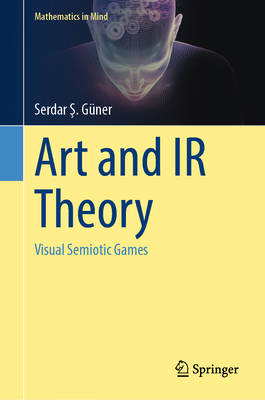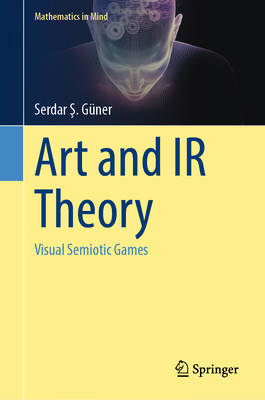
- Afhalen na 1 uur in een winkel met voorraad
- Gratis thuislevering in België vanaf € 30
- Ruim aanbod met 7 miljoen producten
- Afhalen na 1 uur in een winkel met voorraad
- Gratis thuislevering in België vanaf € 30
- Ruim aanbod met 7 miljoen producten
Omschrijving
This book examines the correspondence between international relations (IR) theories of structural realism and constructivism and paintings, notably the artwork of Mark Rothko and Jackson Pollock, in a game theory setting. This interdisciplinary approach, through the lens of game theory and semiotics, permits different, enriched interpretations of structural realism and constructivism. These theories constitute an axis of debate between social and systemic approaches to international politics, as well as an axis of differentiation between scientific realism and positivism as philosophies of science. As such, the interpretations explored in this book contribute to what we know about international relations, how semiotics intersect with strategic uncertainty, and explains these interactions in the proposed games model.
The book's use of game theory and semiotics generate 'visual semiotic games' (VSGs) that shed light on the debate axes through strategic uncertainty, interactions, and players' interactive belief systems. VSGs will contribute to literature on experimental semiotics in the sense of players' coordination behavior, beliefs, and artistic evaluations. The equilibria, interpreted through branches of philosophy of mind and theories of explanation, will reveal possibilities of agreement among players about which artwork representing the theory at hand is the best, opening innovative research perspectives for the discipline of IR theory.
Specificaties
Betrokkenen
- Auteur(s):
- Uitgeverij:
Inhoud
- Aantal bladzijden:
- 164
- Taal:
- Engels
- Reeks:
Eigenschappen
- Productcode (EAN):
- 9783031323416
- Verschijningsdatum:
- 9/06/2023
- Uitvoering:
- Hardcover
- Formaat:
- Genaaid
- Afmetingen:
- 156 mm x 234 mm
- Gewicht:
- 426 g

Alleen bij Standaard Boekhandel
Beoordelingen
We publiceren alleen reviews die voldoen aan de voorwaarden voor reviews. Bekijk onze voorwaarden voor reviews.











